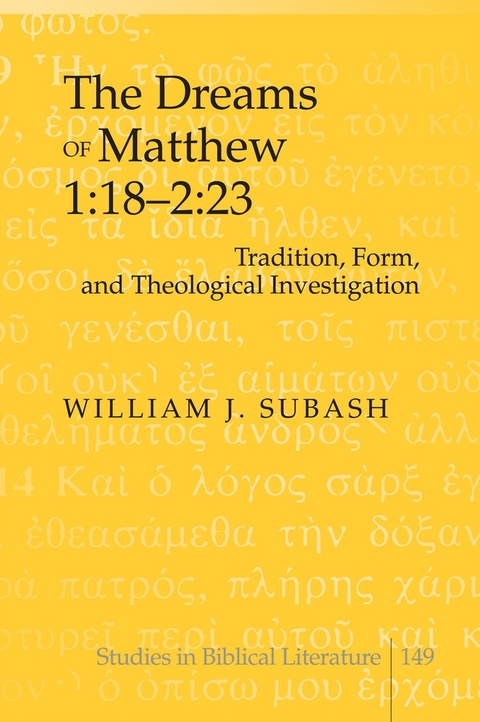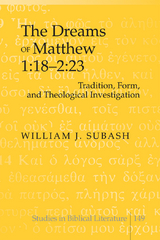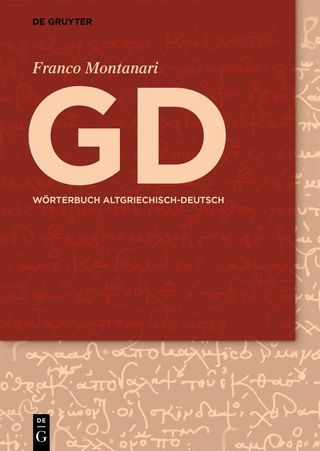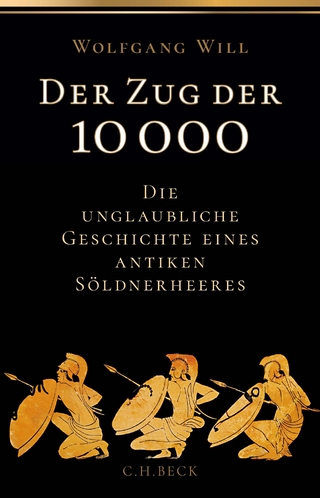The Dreams of Matthew 1:18-2:23
Tradition, Form, and Theological Investigation
Seiten
2011
|
New edition
Peter Lang Publishing Inc (Verlag)
978-1-4331-1625-4 (ISBN)
Peter Lang Publishing Inc (Verlag)
978-1-4331-1625-4 (ISBN)
Examines the five dream passages of "Matthew 1:18-2:23" to demonstrate that "Matthew" employed dream narratives to defend allegations concerning Jesus' birth and to provide etiological reasons both for why Jesus went to Egypt and how Jesus happened to live in Nazareth.
The Dreams of Matthew 1:18-2:23: Tradition, Form, and Theological Investigation critically examines the five dream passages of Matthew 1:18-2:23 to demonstrate that Matthew employed dream narratives to defend allegations concerning Jesus’ birth and to provide etiological reasons both for why Jesus went to Egypt and how Jesus happened to live in Nazareth. A diachronic survey of dream records in the Ancient Near Eastern, Egyptian, Jewish, Greco-Roman, and Second Temple writings reveals that dream narratives fall into two major categories: message dreams and symbolic dreams. Every dream carries a distinct narrative function according to the objectives of the user. Typically, symbolic dreams appear in epic-like literature, and message dreams appear in narratives such as historical and religious writings.
The present analysis of the five dream accounts of Matthew 1:18-2:23 reveals that they fall into the message dream category. Each dream has at least one narrative function. In other words, Matthew does not merely record the dream experiences of the individuals but uses dreams to achieve his narrative objective.
The Dreams of Matthew 1:18-2:23: Tradition, Form, and Theological Investigation critically examines the five dream passages of Matthew 1:18-2:23 to demonstrate that Matthew employed dream narratives to defend allegations concerning Jesus’ birth and to provide etiological reasons both for why Jesus went to Egypt and how Jesus happened to live in Nazareth. A diachronic survey of dream records in the Ancient Near Eastern, Egyptian, Jewish, Greco-Roman, and Second Temple writings reveals that dream narratives fall into two major categories: message dreams and symbolic dreams. Every dream carries a distinct narrative function according to the objectives of the user. Typically, symbolic dreams appear in epic-like literature, and message dreams appear in narratives such as historical and religious writings.
The present analysis of the five dream accounts of Matthew 1:18-2:23 reveals that they fall into the message dream category. Each dream has at least one narrative function. In other words, Matthew does not merely record the dream experiences of the individuals but uses dreams to achieve his narrative objective.
William J. Subash earned his PhD in New Testament studies from Dallas Theological Seminary. Currently, he serves as the founding lead pastor of the Crossroad Church in Dallas, Texas. In addition, he is an Adjunct Professor of New Testament Studies at Liberty University Online.
| Reihe/Serie | Studies in Biblical Literature ; 149 | Studies in Biblical Literature ; 149 |
|---|---|
| Verlagsort | New York |
| Sprache | englisch |
| Maße | 155 x 230 mm |
| Gewicht | 450 g |
| Themenwelt | Geschichte ► Allgemeine Geschichte ► Altertum / Antike |
| Geschichte ► Teilgebiete der Geschichte ► Religionsgeschichte | |
| Geisteswissenschaften ► Philosophie | |
| Religion / Theologie ► Christentum ► Bibelausgaben / Bibelkommentare | |
| Geisteswissenschaften ► Sprach- / Literaturwissenschaft ► Latein / Altgriechisch | |
| Schlagworte | Message dream • Plot • Propaganda • rhetorical criticism • rhetorical persuasion • symbolic dream |
| ISBN-10 | 1-4331-1625-1 / 1433116251 |
| ISBN-13 | 978-1-4331-1625-4 / 9781433116254 |
| Zustand | Neuware |
| Haben Sie eine Frage zum Produkt? |
Mehr entdecken
aus dem Bereich
aus dem Bereich
Die unglaubliche Geschichte eines antiken Söldnerheeres
Buch | Hardcover (2022)
C.H.Beck (Verlag)
28,00 €
die Inszenierung der Politik in der römischen Republik
Buch | Hardcover (2023)
C.H.Beck (Verlag)
48,00 €




